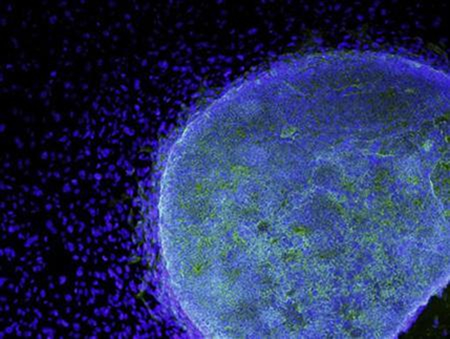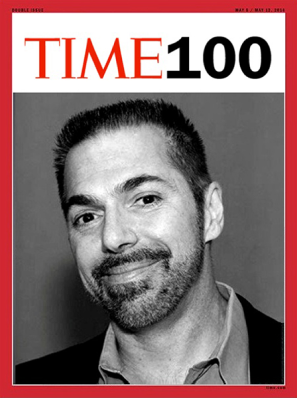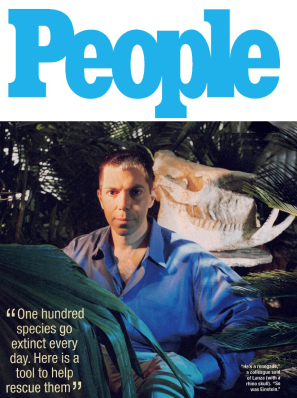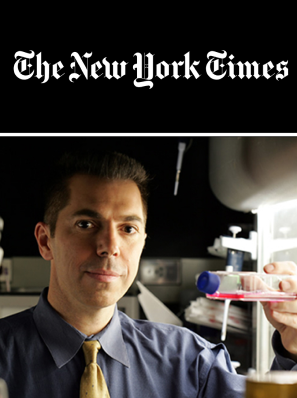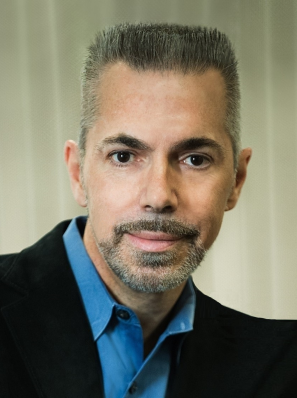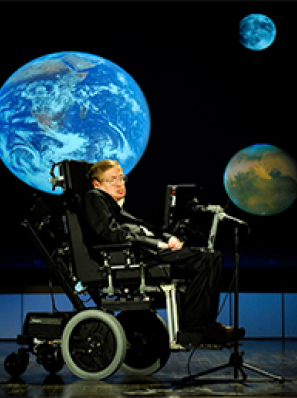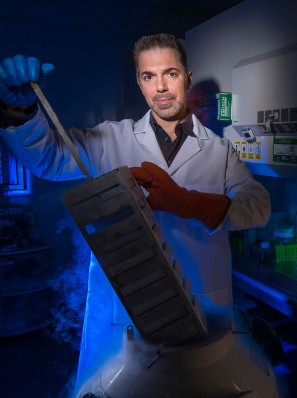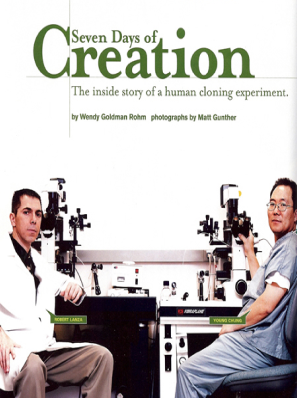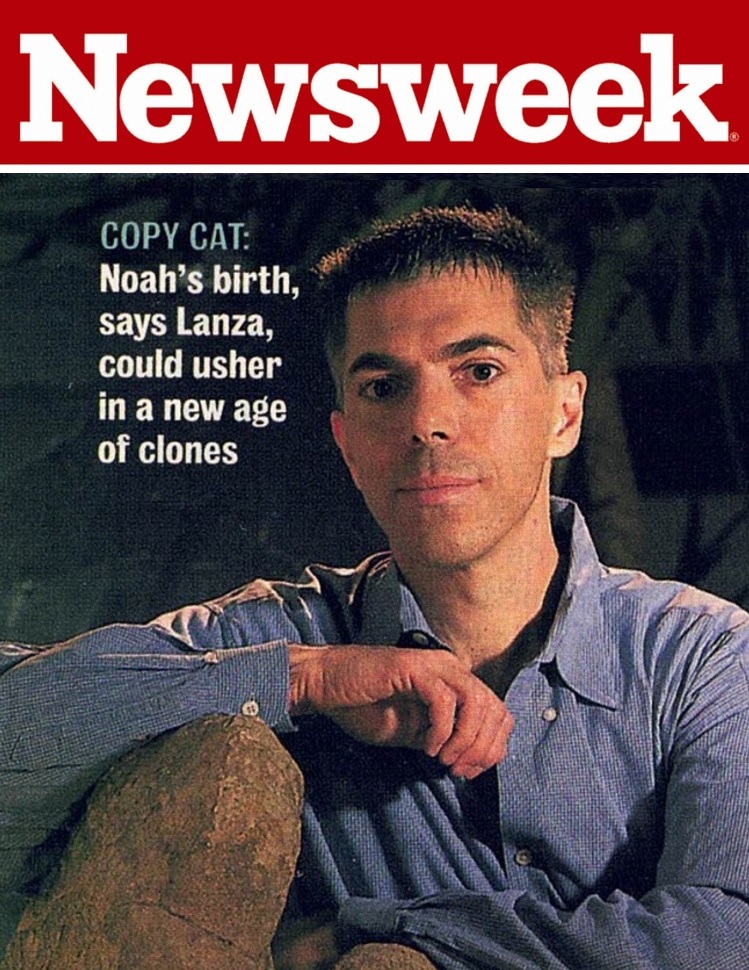By Sharon Begley
NEW YORK| Tue Jan 24, 2012
(Reuters) – Before treatment, the 51-year-old graphic artist was legally blind, unable to read a single letter on a standard eye chart. She has suffered from Stargardt’s disease, the most common form of macular degeneration in young patients, since she was a teenager, and it was getting progressively worse.
A second patient, aged 78, suffered from dry macular degeneration — the leading cause of blindness in the elderly — and could not even see well enough to go shopping.
But after being treated with stem cells from a donated human embryo, both women have improved dramatically, researchers said on Monday. Stem cells are master cells that can differentiate into any of the 200 kinds of cells in the human body.
Their results are the first-ever report of the medical use of stem cells taken from human embryos, making them crucial barometers of whether the controversial technique will ever find widespread therapeutic uses.
In a paper published online in The Lancet on Monday, physicians at the University of California, Los Angeles, and scientists at biotechnology company Advanced Cell Technology report that the first two patients in the clinical trial suffered no adverse health effects from the treatment and seem to have benefited from it.
A week after having cells derived from a days-old embryo injected into her eye, the graphic artist could count fingers, and after one month she could read the top five letters on the eye chart. She can see more color and contrast, has started using her computer, and for the first time in years can read her watch and thread a needle. The macular degeneration patient recently went to the mall for the first time in years.
The safety findings, not any vision improvement, is what people should focus on, said Dusko Ilic, senior lecturer in stem cell science at Kings College London, who was not involved in the work.
“If everyone expects that the blind patients will see after being treated … it will end up as disaster,” he said.
Nevertheless, advocates for the blind are already hailing the results. “At last we are seeing fruits of human embryonic stem cell research entering clinical trials,” said Peter Coffey, Director of the London Project to Cure Blindness.
OBJECTIONS AND RISKS
Using human embryonic stem cells for research or treatment has incited controversy for ethical and medical reasons. Some opponents argue that because removing stem cells from days-old human embryos almost always destroys the embryo, the technique amounts to murder.
ACT is the only company currently testing human embryonic stem cells in study patients. Last November, stem-cell pioneer Geron announced that it was halting what had been the first-ever clinical trial of the cells-testing them in patients with spinal cord injuries – and leaving the field.
When Robert Lanza, chief scientific officer of ACT, approached ophthalmic surgeon Steven Schwartz of UCLA about leading the clinical trial, Schwartz asked for ethical advice from two of his patients: elderly nuns. They gave him the go-ahead, he said last year.
Even scientists who support stem cell research argue that they could be dangerous to use therapeutically. The very property that makes them so valuable in research – stem cells can morph into any of the kinds of cells in the human body – also makes them risky.
They can form teratomas, a type of tumor that arises when stem cells differentiate into a profusion of cell types.
Another concern is that transplanting cells derived from human embryos could be rejected by the patient’s immune system. The ACT team got around that by targeting the eye, which is an “immunoprivileged” site that does not produce a strong immune response to foreign tissue.
In the study, physicians led by Schwartz injected what are called retinal epithelial cells into one eye of each patient. RPE cells lie at the back of the eye and bathe the retina’s rods and cones in substances called growth factors. When RPE cells die, as they do in macular degeneration, so do the photoreceptors, eventually causing blindness.
Transplanting RPE cells grown from stem cells, Lanza reasoned when he began this research almost a decade ago, might rejuvenate the eye’s rods and cones, restoring lost vision.
To produce RPE cells, Lanza and his colleagues arranged to obtain days-old embryos created by in vitro fertilization. The parents, who no longer wanted the embryos, donated them for research. The scientists then removed a single stem cell from one embryo, grew it in the lab to obtain millions of cells, and differentiated them into RPE cells.
The primary purpose of the clinical trial was to determine whether the implanted cells caused any harm. So far, neither patient has experienced inflammation, an indication that their immune system is not attacking the foreign cells.
And there is no evidence that a teratoma formed in either patient. Researchers also found that the RPE cells still survive after being implanted four months ago.
NOT A CURE FOR THE BLIND
The goal of the study was to determine safety and, at most, see whether the therapy can slow down or arrest vision loss, not restore it. “The fact that we’re seeing measurable improvements in their vision, persisting for more than four months, is a bonus,” Lanza said in an interview.
Although rods and cones cannot be brought back from the dead, he explains, “until you lose them completely you can rescue them.” He believes that the transplanted RPE cells both bathed the deteriorating rods and cones in nourishing growth factors and gobbled up fragments of dead rods and cones, keeping the retinal environment healthier for the survivors.
The UCLA physicians plan to enroll a total of 12 Stargardt’s patients and 12 macular degeneration patients in the ongoing clinical trial, with groups of three patients each receiving a different number of retinal epithelial cells.
The two patients being reported on Monday each received the smallest dose, 50,000 cells. Other patients will receive at least twice that many. The trial is also expanding across the Atlantic: the first patient was treated at Moorfields Eye Hospital in London last Friday. In a later trial, they hope to treat patients with earlier-stage disease, before so much of their vision has been lost.
David Prentice of the Family Research Council, a pro-life group that has opposed the use of human embryos for research, says the results will require more scrutiny.
“You have to follow the patients longer to know if it’s safe,” he told Reuters. “People will also want to know if there are other routes to the same end,” using sources of stem cells other than human embryos.
Lanza is planning just that. He believes that skin cells “re-programmed” to revert to embryonic status might prove just as good a source or RPE and other specialized cells as human embryonic stem cells. Called IPS (for “induced pluripotent stem”) cells, they can be derived from a patient’s own skin cells and pose no risk of immune rejection.
“I think we can be up and running in the clinic with IPS cells in one or two years,” Lanza says.
SOURCE: bit.ly/ynoTOa The Lancet, online January 23, 2012.
